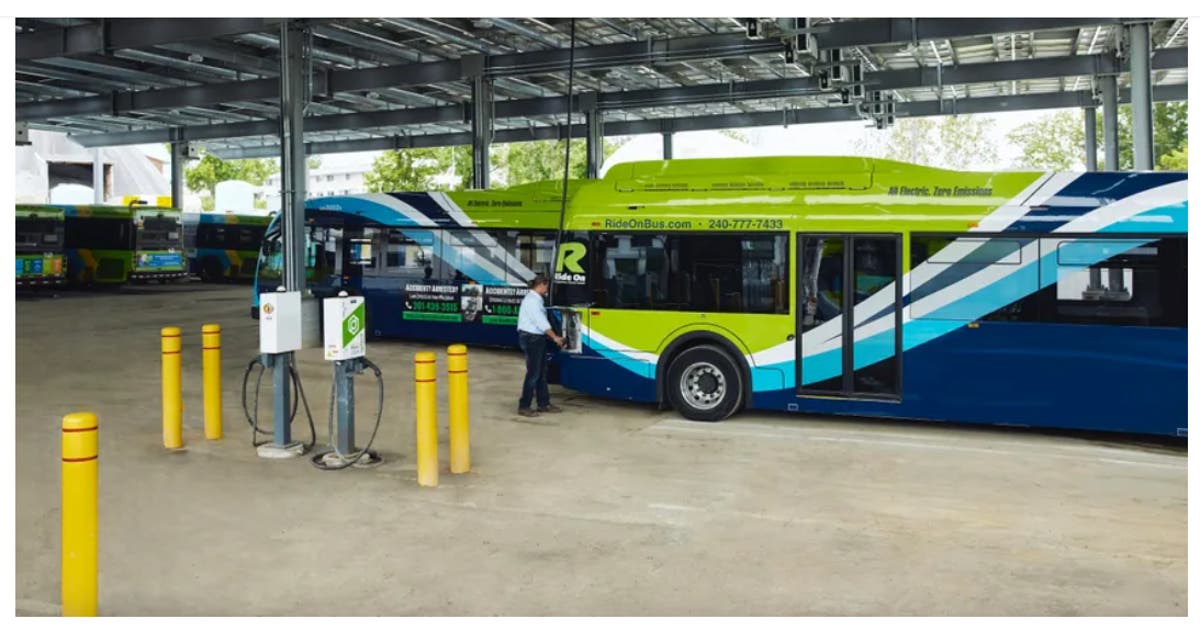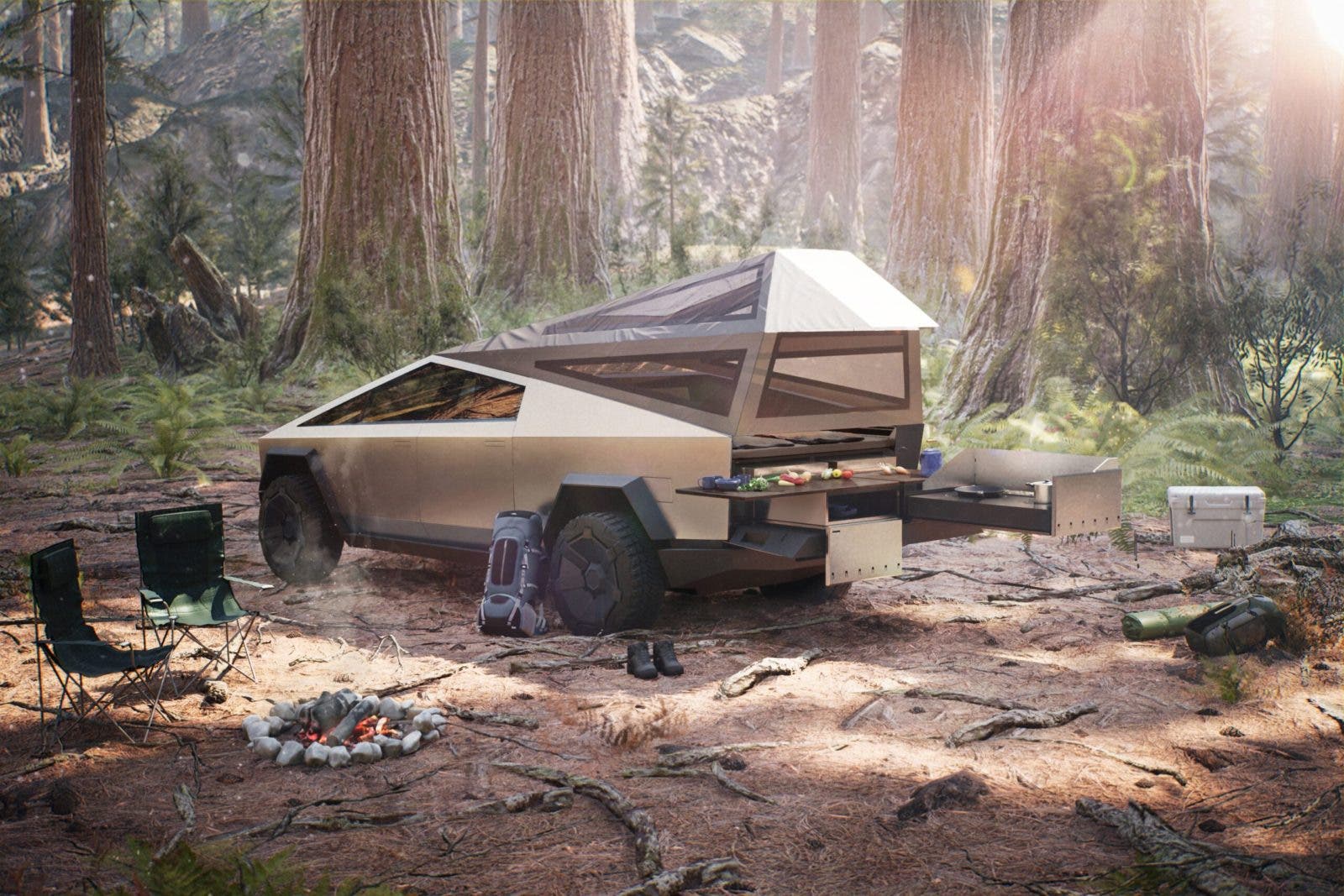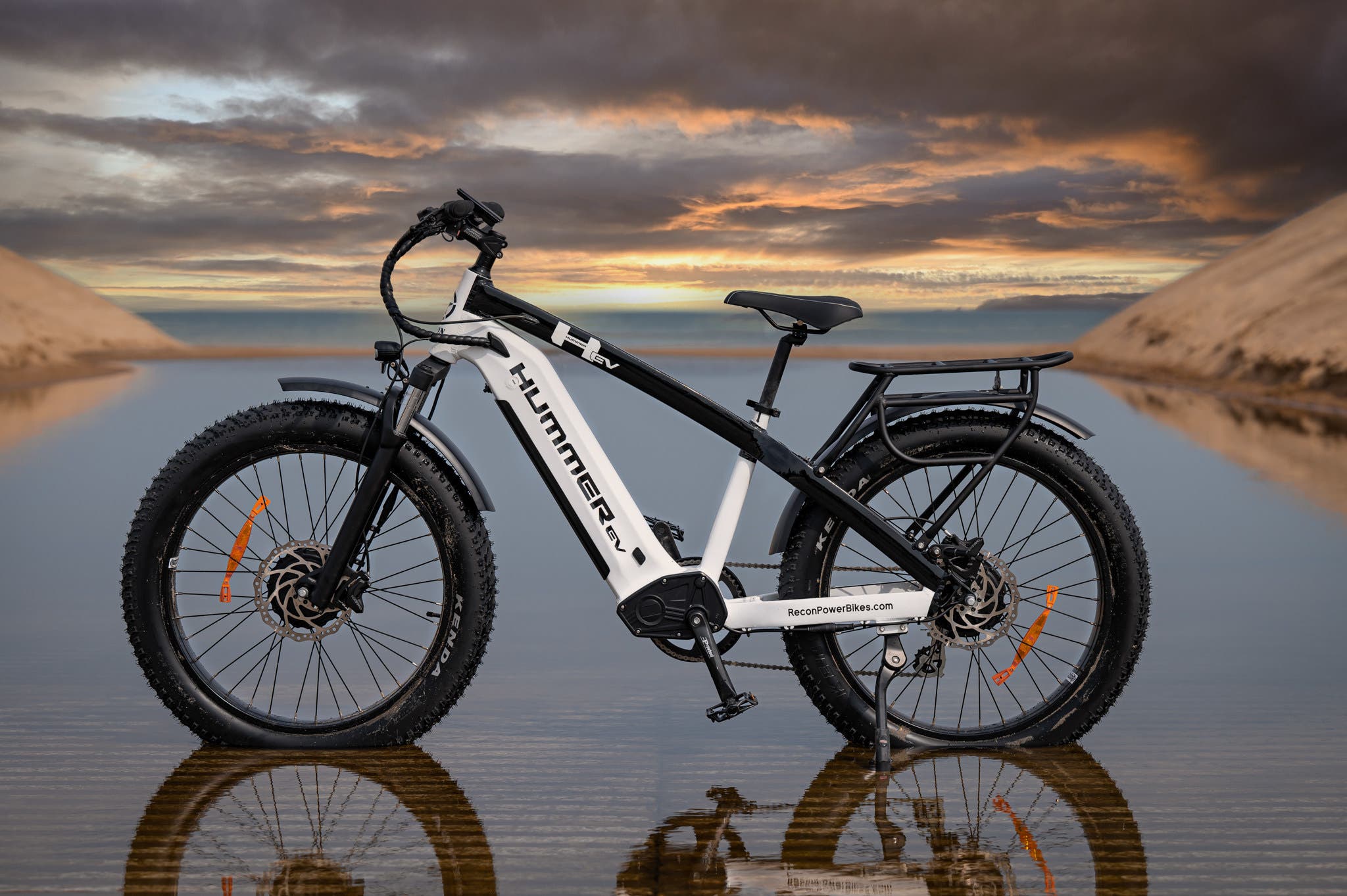According to ZESCO Limited, Zambia’s vertically integrated energy company that produces, transmits, distributes, and supplies power, the nation currently has a surplus generation capacity of about 1000 MW. ZESCO Managing Director Eng. Victor Mapani said during a high-level panel discussion at the ongoing Association of Power Utilities of Africa (APUA) meeting in Dakar, Senegal, that the installed national generation capacity currently stands at 3,456.8 MW compared to a peak national demand of roughly 2,300 MW.
So, according to Eng. Mapani, we have a surplus of 1,156.8 MW that is open for trade inside the connected SAPP network. Additionally, he stated that ZESCO was utilizing internally generated funds to advance the 750 MW Kafue Gorge Lower (KGL) hydro project, which is being built at an estimated cost of $2.3 billion and will be finished in November. Four out of the five units have already been commissioned and are operating. By November of this year, we anticipate commissioning unit 5, the final 150 MW machine.
In addition, Zesco says:
The immediate Past President of the Association of Electricity Utilities in Africa (APUA), Eng. Mapani, gave a presentation on the growth of the power industry in Zambia while discussing the implementation of the African Union’s 2063 Agenda. He claimed that the current recovery of Zambia’s economy is supported by the provision of dependable energy. We have seen Zambia’s economy go from a declining Gross Domestic Product (GDP) in 2020 to a three (3) percent growth across all sectors in 2021 because we are able to meet the needs of the country. In light of this, he stated that the country’s GDP growth is expected to quickly reach levels of (5) five to (7) seven percent within the following (3) three to (5) five years. In addition, due to the steady economic expansion, year-over-year end inflation decreased from 21% to 9.7% in June 2022. Virtually all important industries, such as mining, agriculture, trade, tourism, health, and education are supported and serviced by our service. By establishing nationwide charging stations to support the development of electric motor vehicles, we now want to enter into and profit from the transportation sub-sector as well, he added. Construction of transmission lines is currently being carried out in Zambia, an established member of the APUA and the Southern Africa Power Pool (SAPP), to ensure that ZESCO continues at the center of power trade among the Eastern, Western, Northern, and Southern African governments. ZESCO is now leading the building of the transmission line that will connect the Zambia-Tanzania-Kenya (ZTK) Interconnector and the Zimbabwe-Zambia-Botswana-Namibia (ZiZaBoNa) Interconnector. Strong regional interconnectors are already run by ZESCO, including the Kazungula-Kasane 66kV line to Botswana, the Sesheke-NamPower 220kV line to Namibia, the CEC 220kV lines to SNEL in the DRC, and the Kariba 330kV lines to ZESA, Zimbabwe. Cross-border power supplies, such as the Mafinga-ESCOM 33kV line with Malawi, the 33/11kV border supplies with SNEL (Democratic Republic of Congo), and the Mbala-Sumbawanga 66kV Line and Mbozi-Tunduma 33kV Line to Tanzania, are among other reliable regional transmission lines.
Nearly 90% of Zambia’s electricity is generated via hydropower. Due to Zambia’s abundance of hydropower, even when subsidies is phased out, electricity rates can be kept at manageable levels. Residential prices are currently around 5 cents per kWh for usage between 101 and 300 kWh per month and around 12 cents per kWh for commercial clients for consumption above 300 kWh per month. For Zambians looking to switch to electric vehicles, the value argument of electric automobiles keeps becoming stronger because to the skyrocketing prices of gasoline and diesel.
Zambia will save a lot of foreign currency and increase energy security by accelerating the adoption of electric vehicles and charging them with all this domestically produced clean electricity. Long-term problems could arise from Southern Africa’s all-too-frequent droughts. Zambia may need to move more quickly with its aspirations to diversify its energy mix by including more other renewable energy sources to balance out all this hydro.
Karl Specht took the main image; it was provided by U.S. Department of Energy .
Do you value the unique reporting and cleantech news coverage on CleanTechnica? Consider becoming an Patreon patron, a CleanTechnica member, supporter, technician, or ambassador.







